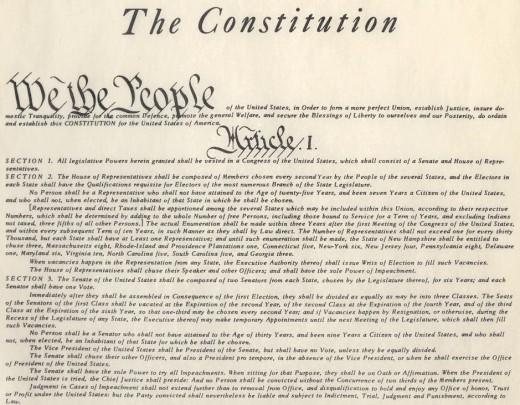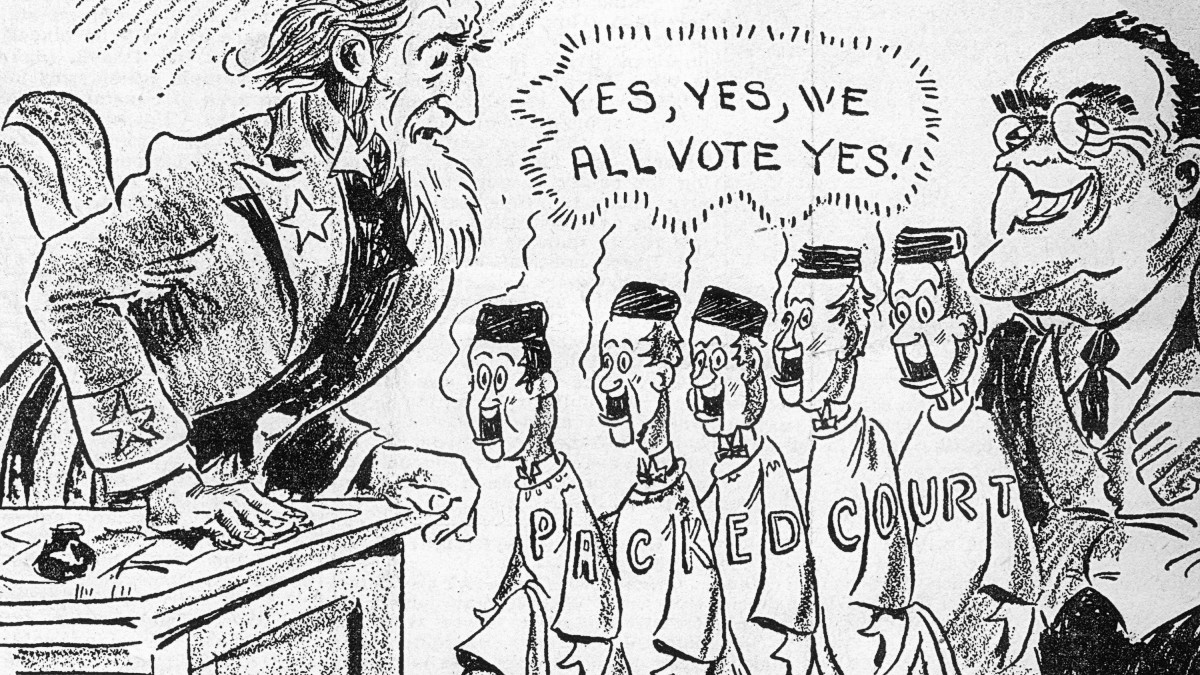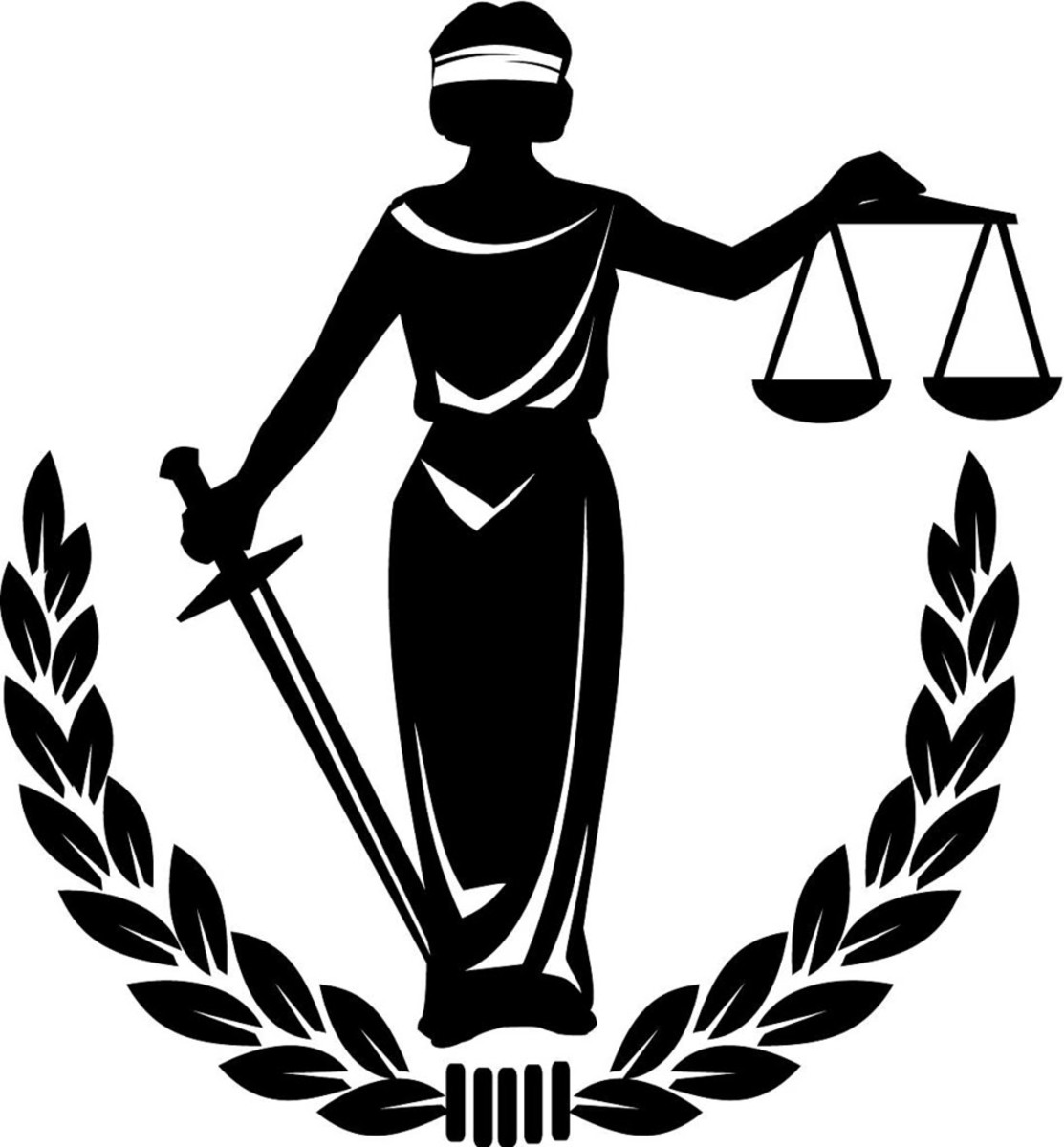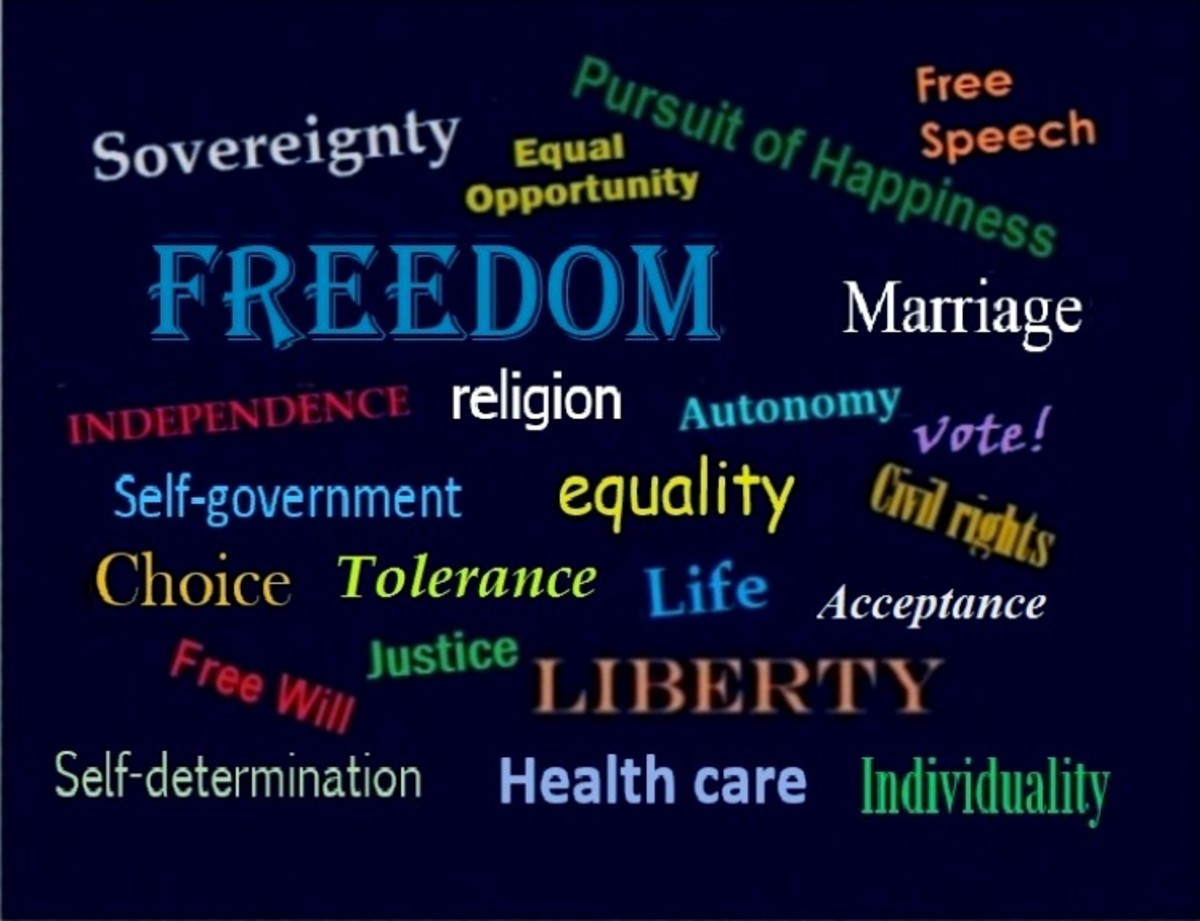American Governance

By: Wayne Brown
Supreme Court Justice, Ruth Ginsburg, recently commented on the U.S. Constitution in such a manner that the comment on its own leaves one with the feeling that maybe she feels the USA has a very poor constitution. Justice Ginsburg remarked that she would not look to the U.S. Constitution as a model if she were drafting a constitution in 2012. This remark was offered in reference to Egypt’s work toward establishing a new government for itself. The remark has certainly drawn some heavy criticism especially in light of the fact that Ms. Ginsburg is a sitting justice on the Supreme Court of the United States of America. Given that she has a sworn oath to protect and defend the Constitution, it is apparent why some would be bothered by the remark. My perspective is that Ms. Ginsburg was simply pointing out that the U.S. Constitution may not have enough liberal rules woven into it to suit the needs of a new nation thus indicating that she believes the Constitution is far too simple for the purposes it serves. On that aspect, I firmly believe Ms. Ginsburg has lost touch with the original intent and purpose of the Constitution.
One does not have to read every single word of the Constitution document to determine the intent and purpose. It is clearly stated in the opening statement of the document. The Constitution as developed by the framers has six purposes in mind: 1. To create a more perfect union 2. To establish Justice 3. To insure domestic Tranquility 4. To provide for the common defense 5. To promote the general Welfare 6. To secure the Blessing of Liberty to ourselves and our Posterity. In totality, the statement reads as follows: “We the people, of the United States, in Order to form a more perfect Union, establish Justice, insure domestic Tranquility, provide for the common defence, promote the general Welfare, and secure the Blessings of Liberty to ourselves and our Posterity, do ordain and establish this Constitution for the United States of America.”
That statement in its short simplicity defines the Constitution as a document of guidance designed to accomplish those purposes. In doing so, it goes further in the various Articles to describe how the government will be structured and organized in order to accomplish those defined goals. One must also take pause to note that the first three words in the preamble are “We the People”. This was no accident as the founders wanted to make it clear that the government designed and spelled out in the framework of the Constitution was the one desired by the “People” who made up the citizenship of this new nation and that the guidelines and requirements so stipulated followed the desires of those people to the greatest extent possible in creating a framework to accomplish the original intent and purposes described in the preamble. Those intents and purposes along with the framework for the government were reviewed and ratified by the states indicating that the citizens making up the population were in consensus on the content of the document. In other words, we found a common ground for agreement in establishing our nation. Did that mean that everyone got what they wanted…absolutely not, but it did define a foundation on which to base the entire premise of governing a free people.
If indeed the Constitution were an all-encompassing document much like the rule book for a sports game, one might conclude that there would be no need for a Supreme Court and life would be less complicated. Of course that would not be the case as in any document there must be a body that rules on the “intent” of the given document…even a sports game rulebook. The real litmus test then is to have a governing body such as the Supreme Court rule on those actions which either jeopardize the intent of the Constitution or aim to expand or deny that intent. For those purposes, that test must come back to the intended purposes of the preamble if it is to be interpreted in the same fashion each time. Too often in recent decades we have seen a court system more intent on legislating law than interpreting it. In some cases the rulings handed down do not sit well with the original statement of purpose. Certainly the basis for structuring the Supreme Court as it is designed takes into account that we must have wise and well-experienced people on the bench and there must be sufficient numbers of them to bring out as much perspective on an issue as possible. In following such an approach the founders helped to insulate the people from the dangers of a tyrannical court operating on laws decreed by one person.
As stated earlier, the preamble is a clear statement of intent and purpose as directed by the people. The seven articles and subsections following the preamble describe how a government with such purpose will be organized, how the people will be elected to serve and the limits of that service, as well as the working relationship between the major factions of that government in terms of checks and balances. Beyond that point, one encounters the amendments to the original document of which the first ten represent the original “Bill of Rights” spelling out those “rights of the people” which are granted at birth as a function of citizenship in this nation and cannot be restricted or taken away by governmental entity or any single person functioning within the prescribed government. Beyond the initial ten amendments, one sees the various amendments which have been made to the original document over time. The document is purposely designed to be difficult to amend requiring a significant majority vote in the legislative branch and the approval of the President along with the scrutiny of the Supreme Court in protecting the sanctity of the original document.
There is one provision which is “external” to the Constitution yet is so very important to the focus and the sustainability of the document. That provision is “respect”. The people who populate this nation subscribe to the “Rule of Law” and expect to be extended those rights granted them at birth as citizens of the country. They also expect that the country will be defended and that law and order will rule the day. Those elected to high office are expected to and do solemnly swear to uphold and defend the Constitution. That process in swearing an individual into office should never be disregarded or taken lightly for it establishes the awareness on the part of the public and the individual office holder of their intent to uphold and defend the Constitution. That process speaks loudly to the fact that the Constitution is the center of our universe here in the United States of America and the purposes and intent of that document will be respected in all that we do. Respect is assumed and always has been.
Unfortunately, we live in a time in which too many people do not want to adhere to the intent and purpose of the Constitution. This includes those who would hold high office in the country. The current president has made negative references to the Constitution alluding to it being old and outdated. The fact that respecting this document may be an encumbrance to his needs and desires while in office do not serve as a rationale to defy the stipulations of the document. When that occurs, the necessity for “respect” is lost and the document begins to slip away from its intended center in our form of governance. For some, that is no “big deal” but those who understand the Constitution know that this is the first and most effective step toward tyranny in the government. When leaders trash this document or openly defy it, they are basically sending a message to the people that they do not have to follow the rules and that they will make them up as they go. At that point, it becomes a test of power as to whether or not that individual can sustain his/her tenure in office. The system, as it was designed, then begins to fall apart simply for the lack of proper respect and in open defiance of the oath taken when entering office. At that point, the question arises as to whether the powers of impeachment can and will be applied and who will carry out that process. In that moment, if the people do not have the “will” to see the document both respected and followed, then it is likely there will be no expectation of impeachment and the shadow of tyranny will be at the door for America.
Our education system spends endless amounts of money on the process of educating young people and preparing them for adult life. In that process, we have lost the emphasis on understanding our process of governance and the Constitution. We have far too many people who know more about “rap music” than they do constitutional government. We get that result for the lack of instruction and for allowing apathy to become the mindset of far too many along the way. In that apathetic state, the assumption is that “everything is going to be alright and I don’t need to worry about it.” Then one day, a person manages to attain the presidency that has no respect for the Constitution and the process toward tyranny and big government begins to insert itself into the lives of all citizens while they look the other way.
Some would point out that the Constitution does not address homosexuality, same-sex marriage, gender bias, or a multitude of subjects as their proof that the document is antiquated and outdated in terms of its value in our society. The point they miss in this analysis is that the document was never intended to address such specifics. Under the statement of the preamble, reference is made to “securing the Blessings of Liberty to ourselves and our posterity”. This intent may weigh into specific considerations. We must also remember the “Bill of Rights” in these considerations as well. But, ultimately, how these specifics will be addressed will inevitably be up to the body put in place to interpret that intent and whether it applies to a particular specific. That was the intended method at the outset and that is still the intent today. The Constitution was never intended to be a rulebook which addressed every possible scenario but it was intended to provide a foundation of guidance and a framework of government which would address specifics in the prescribed manner and rule on them on the basis of the “will of the people”.
Given that premise, it does not mean that every person or group gets to do what they want or have their way on a given subject. If one wants to measure the absurdity of that, simply think of a given group who would find great joy in going about every town in America beating drums at all hours of the night. While that might be something they feel is a “right”, it violates the intent of the Constitution in that it directly affects the “domestic tranquility” which all citizens are intended to enjoy. On that basis, the act does not fit the intent of the Constitution and laws are already in place in anticipation of such acts thereby making it clear that such behavior is not condoned under the “rights” described for individuals or groups by the governing document. The people in general would expect that the Supreme Court would uphold such a position if those laws are challenged in the court system.
We must always remember that the Constitution was designed to “protect the people” of this nation first and foremost. It was not designed to make governing easy or to allow easy manipulation of the governmental process by individuals or groups. When someone decries the document on that basis, their intended use of the document is called into question and their respect for constitution governance should be suspect. For those who think tossing the Constitution into the garbage can on the basis that it is “old and outdated” is the answer to our problems in this country, I can only say that such an action would only be the start of chaos and confusion in the country and would singularly lead to the advent of tyranny in our government and the eventual loss of freedom and liberty for all citizens.
The U.S. Constitution and its associated documents has weathered the test of time and it will continue to do so as long as the citizens respect it as an instrument of governance and demand that respect from all who serve us in the government. If ever there was a place where the term “don’t tread on me” applies, it would be in reference to the United States Constitution and the protection it affords all citizens of this country.
©Copyright WBrown2012. All Rights Reserved.
8 February 2012









